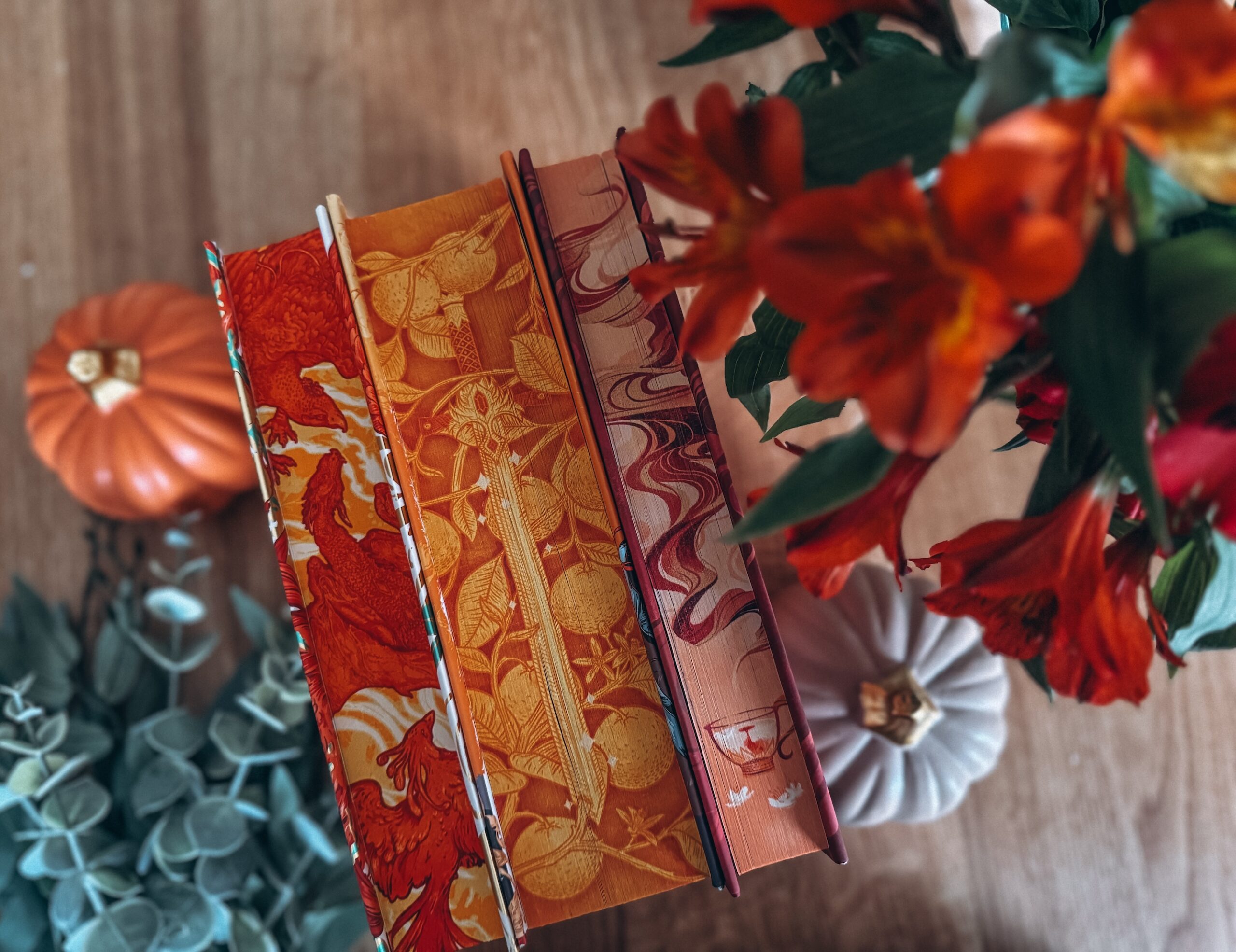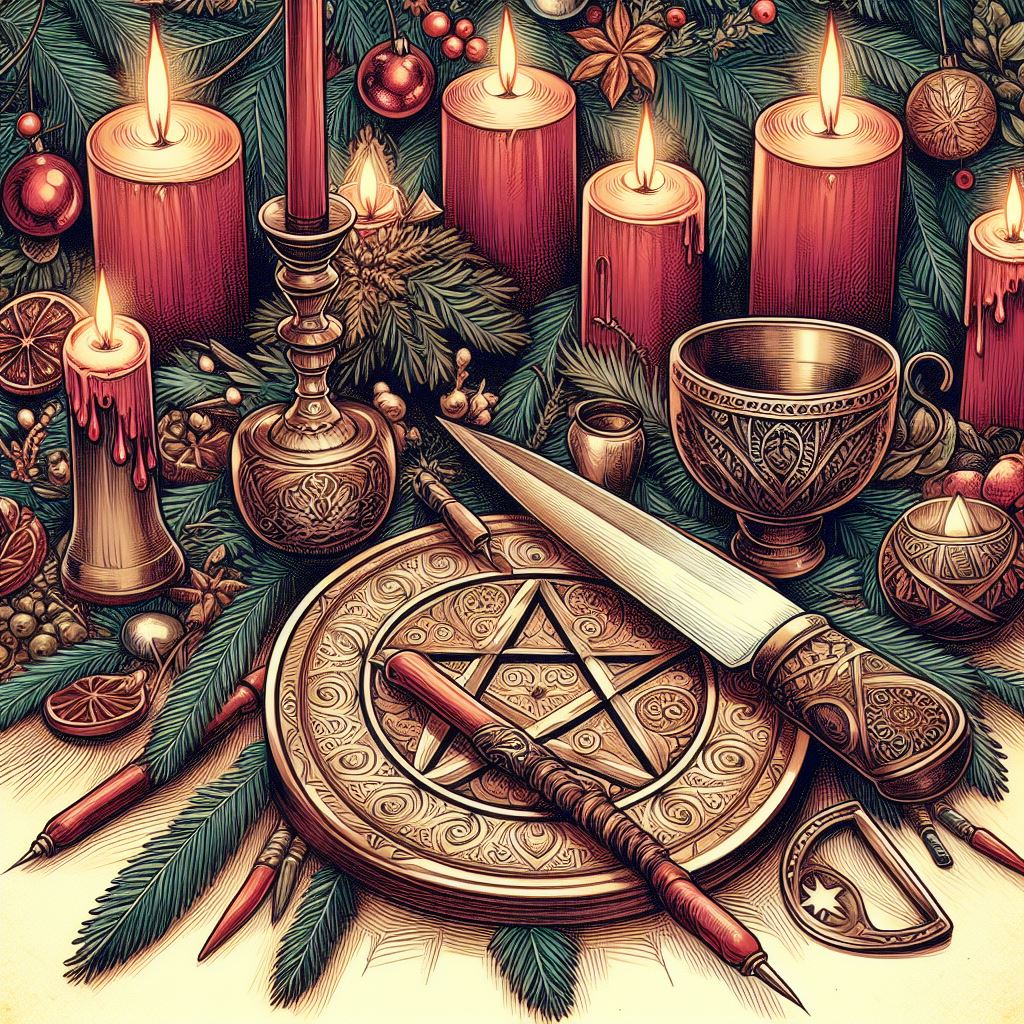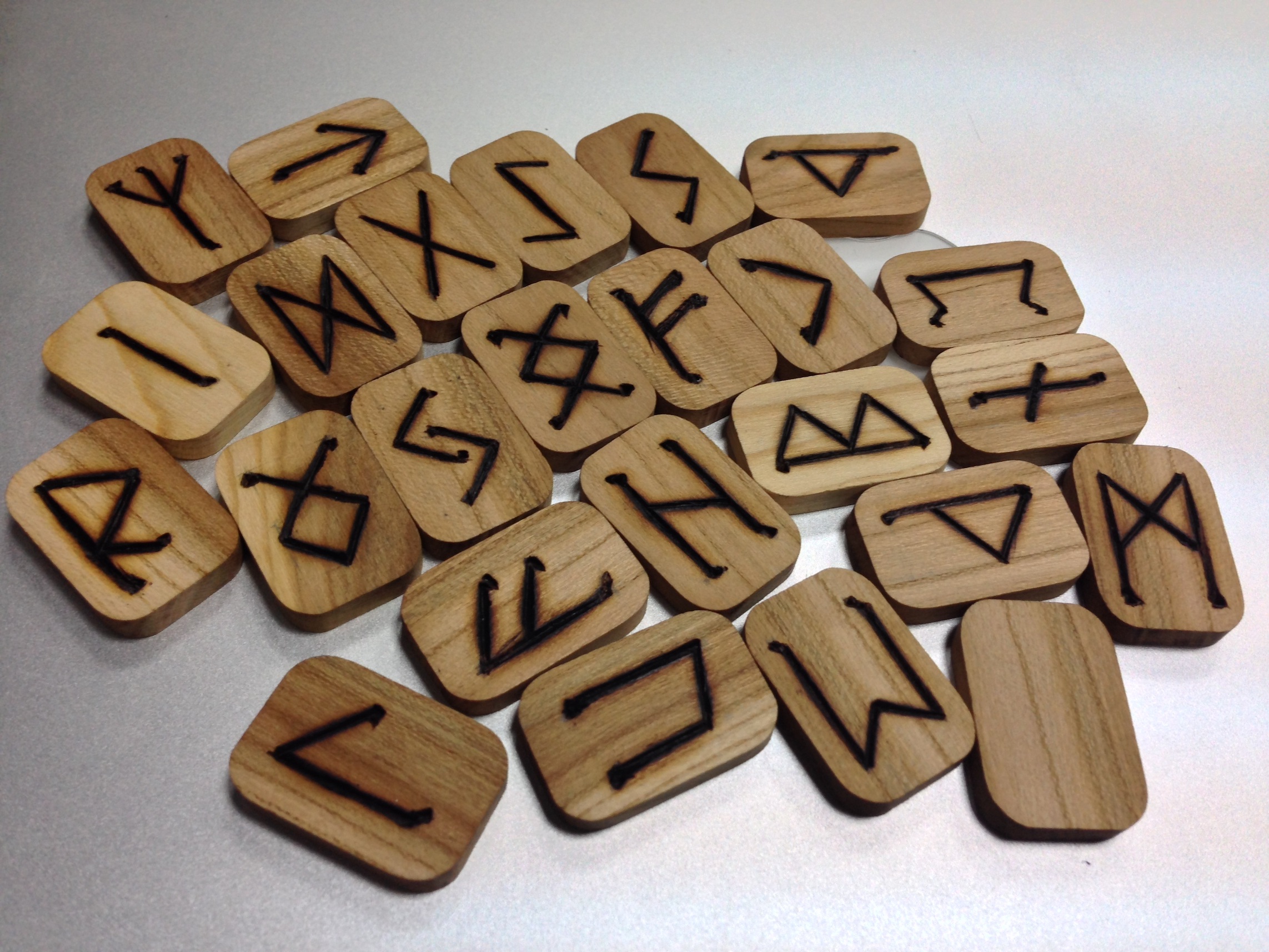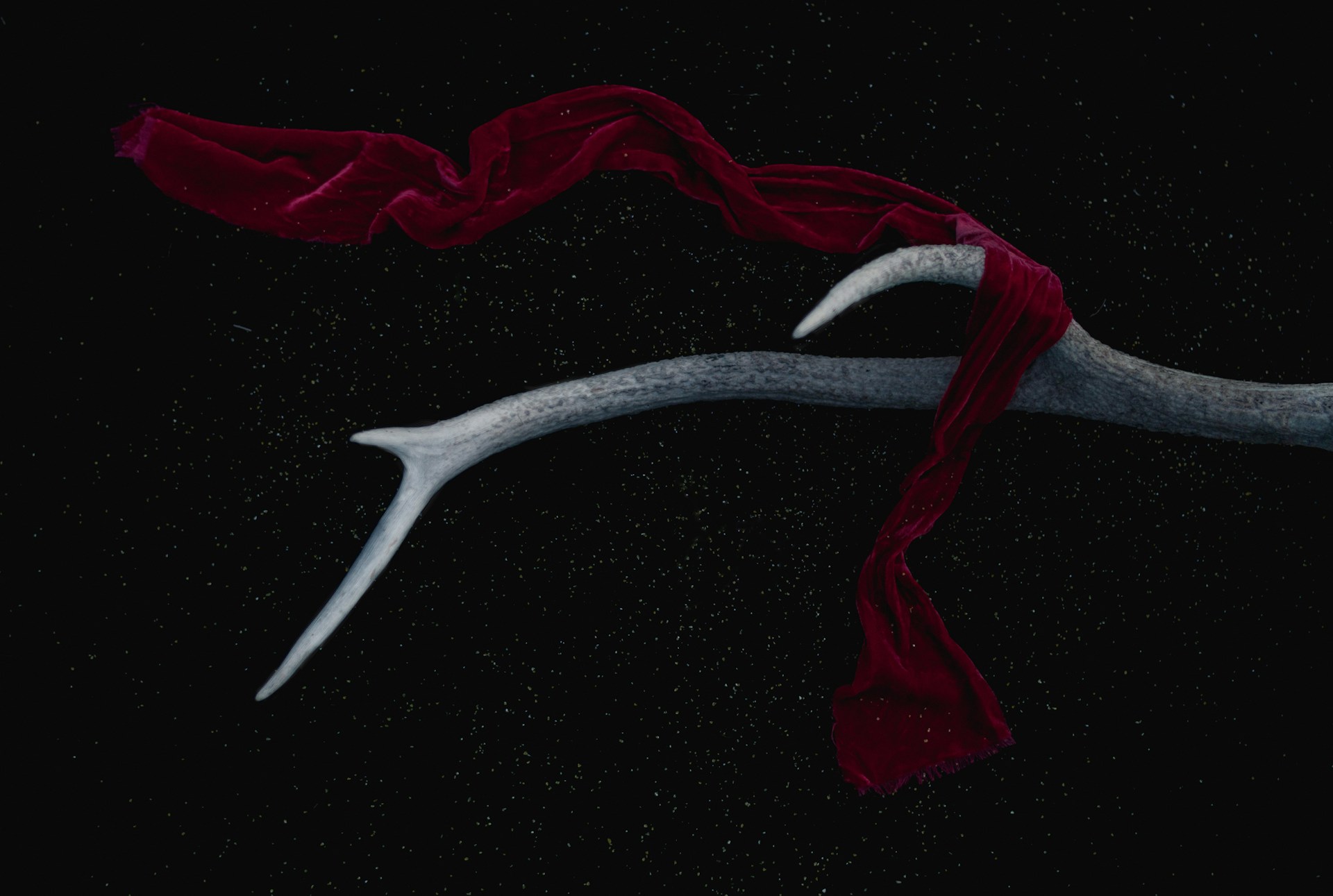This post centers on the craft itself. It is a brief taste of the systems, theologies, and structured practices that make up different branches of witchcraft. We’re looking less at the individual practitioner and more at the broader techniques and historical traditions that define each type of witchcraft.
If you are curious about different types of witches, it’s recommended that you look at the post specifically geared towards that. However, both posts are meant to be viewed and used in conjunction with one another. If you are unsure about what type(s) of witchcraft you’d like to begin exploring, it’s recommended you use the “find” feature in your browser and put in keywords for things you are interested in.
And remember, everyone’s path is unique. Your practice may be different than someone else practicing the same type of witchcraft as you, and there’s nothing wrong about that!
Animal Witchcraft
Animal witchcraft deeply connects with the animal kingdom, involving the use of animal materials such as bones, feathers, fur, and scales in spells and rituals. Practitioners often have a profound respect for animals and may work to incorporate their energies and spirits into their craft, adhering to ethical guidelines regarding the use of animal parts.
Art/Craft Witchcraft
This type of witchcraft sees practitioners infusing magic into their creative activities, such as painting, sculpting, or crafting. Art witches may charge their creations with specific intentions, turning every brushstroke or molded shape into a magical act that embodies their will and desires.
Astronomy/Space Witchcraft
Practitioners of Astronomy or Space Witchcraft align their practices with celestial bodies, drawing on the energies of planets, stars, and cosmic phenomena. They often use astrology as a tool within their craft, finding magical correlations with planetary alignments and using these insights to time their spells and rituals.
Bone Witchcraft
Bone witches collect and utilize animal bones in their magical practice. These bones may serve various purposes, such as conduits of energy, elements in spellwork, or decorative pieces on altars. Bone witches respect the sources of their materials, often using bones that are naturally sourced or ethically obtained.
Chaos/Chaotic Witchcraft
Chaos witchcraft is based on the concept of using belief as a tool to effect changes in reality. It involves flexible, innovative approaches to magic that disregard traditional boundaries and encourage experimentation. Chaos witches might employ a variety of techniques and paradigms, adapting their methods to suit their immediate needs and intentions.
Cottage/Hearth Witchcraft
Cottage or Hearth Witchcraft is woven into the fabric of everyday life, with practitioners finding magic in mundane activities like cooking, cleaning, or gardening. These witches create sacred space in their homes and use simple tasks as rituals to manifest their intentions and care for their loved ones.
Crystal Witchcraft
Crystal witchcraft focuses on the use of minerals and crystals in magical practices. Practitioners may use crystals for healing, protection, or amplification of magical energies, and they often develop a deep knowledge of the properties and uses of various stones.
Death/Necromancy Witchcraft
This type of witchcraft deals with the themes of death and the spirit world. Necromancers may communicate with spirits, use graveyard dirt or bones in their rituals, and focus on the cycle of life and death as a potent source of magical insight and power.
Desert Witchcraft
Desert witchcraft is adapted to the unique conditions of arid environments. Practitioners might use local plants like cacti, work with the sparse rainfall, and draw on the symbolic and literal power of the desert landscape in their rituals.
Draconian Witchcraft
Draconian witches invoke and work with the imagery and energies of dragons in their magical practice. This might involve using draconic symbols, conducting rituals to honor dragon spirits, or drawing on the archetypal power of dragons for strength and protection.
Dream Witchcraft
Dream witchcraft focuses on the magic of dreams, using techniques like lucid dreaming or dream interpretation to uncover deeper truths and insights. Practitioners may use their dreams to conduct astral travel, communicate with spirits, or perform divination.
Earth Witchcraft
Earth witchcraft centers on the element of earth, emphasizing grounding, working with soil or rocks, and drawing energy from the land. Practitioners often have a strong appreciation for the physical world and its bounties, which they incorporate into their magical practices.
Elemental Witchcraft
Elemental witchcraft involves working with and honoring the classical elements—earth, air, fire, water, and sometimes spirit. Practitioners may dedicate parts of their practice to each element, using them as foundational aspects of their magical work.
Embroidery/Sewing/Knit Witchcraft
This type of witchcraft incorporates needlework and knot magic into spells and rituals. Practitioners imbue their craft with intention as they stitch, sew, or knit, creating magical items that serve protective, healing, or enchanting purposes.
Energy Witchcraft
Energy witches focus on manipulating the body’s natural energies. They may work without physical tools, using techniques like meditation, visualization, or aura reading to effect changes in the physical and etheric realms.
Faery/Fey Witchcraft
Faery witchcraft involves communication and collaboration with the fey—mysterious and often capricious spirits associated with nature. Practitioners might leave offerings or engage in rituals designed to honor and please these spirits, hoping to gain their favor or assistance in magical endeavors.
Fire Witchcraft
Fire witchcraft centers on the element of fire, incorporating its transformative and purifying properties into spellwork. Practitioners might use candles, bonfires, or other forms of fire in their rituals, harnessing this element’s energy for protection, cleansing, or empowerment.
Flora Witchcraft
Flora witchcraft is closely related to Green and Garden witchcraft but focuses specifically on the magical properties of flowers. Practitioners may use floral essences, petals, and blooms in their spells and rituals, often incorporating a deep botanical knowledge into their practice.
Garden Witchcraft
Garden witchcraft is practiced by those who cultivate their own plants and herbs for magical and medicinal uses. These witches connect deeply with the earth, enjoying the physical and spiritual nourishment that comes from tending to a garden.
Gaulish Witchcraft
Gaulish witchcraft involves the worship and magical practices associated with the ancient Gauls, focusing on their gods, spirits, and cultural rituals. Practitioners might study and revive ancient Gaulish traditions, adapting them to modern contexts.
Green Witchcraft
Green witchcraft utilizes plants, herbs, and the natural world in spellwork and rituals. Green witches may grow their own herbs, forage for wild plants, and use botanicals for healing, protection, and other magical purposes.
Heathenry Witchcraft
Heathenry witchcraft is based on Norse traditions and involves the worship of Norse gods like Odin, Thor, and Freya. Practitioners often combine ritual work with a study of ancient Norse myths and customs.
Hedge Witchcraft
Hedge witchcraft involves practices that cross the boundaries between the physical and spiritual worlds. Hedge witches might specialize in astral travel, spirit communication, and other forms of metaphysical exploration.
Kemetic Witchcraft
Kemetic witchcraft is rooted in ancient Egyptian religion and magic. Practitioners may work with Egyptian deities, use symbols and rituals derived from ancient Egyptian texts, and focus on concepts of balance and ma’at (cosmic order).
Kitchen Witchcraft
Kitchen witchcraft finds magic in the act of cooking and preparing food. Practitioners infuse their meals with intention, using ingredients that align with their magical goals and celebrating the sacred act of nourishment.
Literary Witchcraft
Literary witchcraft involves the use of books, writings, and scholarly magic in practice. Practitioners might use book divination, create spell books, or draw upon literary sources for magical inspiration and ritual.
Lunar Witchcraft
Lunar witches draw on the energy of the moon, timing their spells and rituals according to its phases. They may work extensively with moon magic, using the lunar cycle to enhance their magical workings and connect with the divine feminine.
Music Witchcraft
Music witchcraft uses sound, rhythm, and melody in magical practice. Whether through singing, playing instruments, or using music in ritual, these practitioners believe in the power of sound to raise energy, alter consciousness, and manifest intentions.
Necromancy Witchcraft
Necromancy involves communication with the dead, using their spirits to gain insights, foretell the future, or influence the material world. This practice can overlap with other forms of spirit work and is often conducted with great respect for the deceased.
Paper Witchcraft
Paper witchcraft uses written spells, sigils, and paper crafts in magic. Practitioners might write intentions, burn written spells as offerings, or craft magical amulets from paper.
Pop Culture Witchcraft
Pop culture witchcraft draws inspiration from movies, books, and other media. Practitioners might use fictional spells, honor characters as archetypal energies, or incorporate modern myths into their magical practice.
Poison Witchcraft
This type involves working with potentially harmful plants, exploring their properties for both baneful and protective magic. Practitioners respect the power and danger of these plants, using them carefully in their magical work.
Sanguine Witchcraft
Sanguine witchcraft focuses on the use of blood or life force in magic. This can involve personal sacrifice, the use of blood in spellwork, or the magical exploration of life’s essence.
Sea Witchcraft
Sea witchcraft is connected to the ocean and its vast energies. Practitioners might use sea water, shells, and other ocean-derived materials in their spells, drawing strength from the power of the sea.
Seasonal Witchcraft
Seasonal witches align their practices with the changing seasons, celebrating the unique energies of each. They might create rituals to honor the equinoxes and solstices, and use seasonal changes as metaphors for personal transformation.
Sigil Witchcraft
Sigil witchcraft focuses on the creation and activation of sigils—symbolic representations of magical intentions. Practitioners design and charge sigils as a way to manifest their goals and desires.
Spirit Working Witchcraft
Spirit Working Witchcraft involves direct interaction with spiritual entities to enhance, guide, and empower magical practices. Practitioners might communicate with spirits for guidance, assistance in spellwork, or to mediate relationships between the physical and spiritual worlds. This practice can involve various techniques, including mediumship, channeling, and the use of divination tools like Ouija boards.
Swamp/Bog Witchcraft
Swamp or Bog Witchcraft draws on the unique energies and materials of wetland areas. Practitioners often use the rich mud, plant life, and water of these environments in their magic, harnessing the deep, primal energy of swamps and bogs for powerful natural magic.
Tea Witchcraft
Tea Witchcraft is a variant of kitchen and herbal witchcraft that focuses specifically on the magical properties of tea. Practitioners blend, brew, and ritualize tea drinking, often using tea leaves for divination and integrating their herbal knowledge into each cup.
Tech Witchcraft
Tech Witchcraft combines traditional magical practices with modern technology. Practitioners might use digital tools, such as apps for astrology or tarot, create digital altars, or even program sigils into electronic formats. This type of witchcraft reflects the adaptation of ancient practices to contemporary life, proving that magic can evolve with technological advancements.
Urban Primitive/City Witchcraft
Urban Primitive or City Witchcraft adapts magical practices to the urban environment. Practitioners find magic in the cityscape, using the energies of the concrete jungle as potent tools in their craft. This might involve using subway tokens as talismans, drawing sigils in graffiti, or finding sacred spaces in unexpected urban corners.
Water Witchcraft
Water Witchcraft focuses exclusively on the element of water. Practitioners might use water from various sources—rivers, lakes, rain, or oceans—in their rituals, drawing on its cleansing and adaptive qualities. This type of witchcraft also includes practices like water scrying and bath spells.
If you see any mistakes in the above, or if I have missed a specific type of craft, please reach out and let me know. I anticipate that this post will be updated often since there are so many different types of witchcraft out there!
















